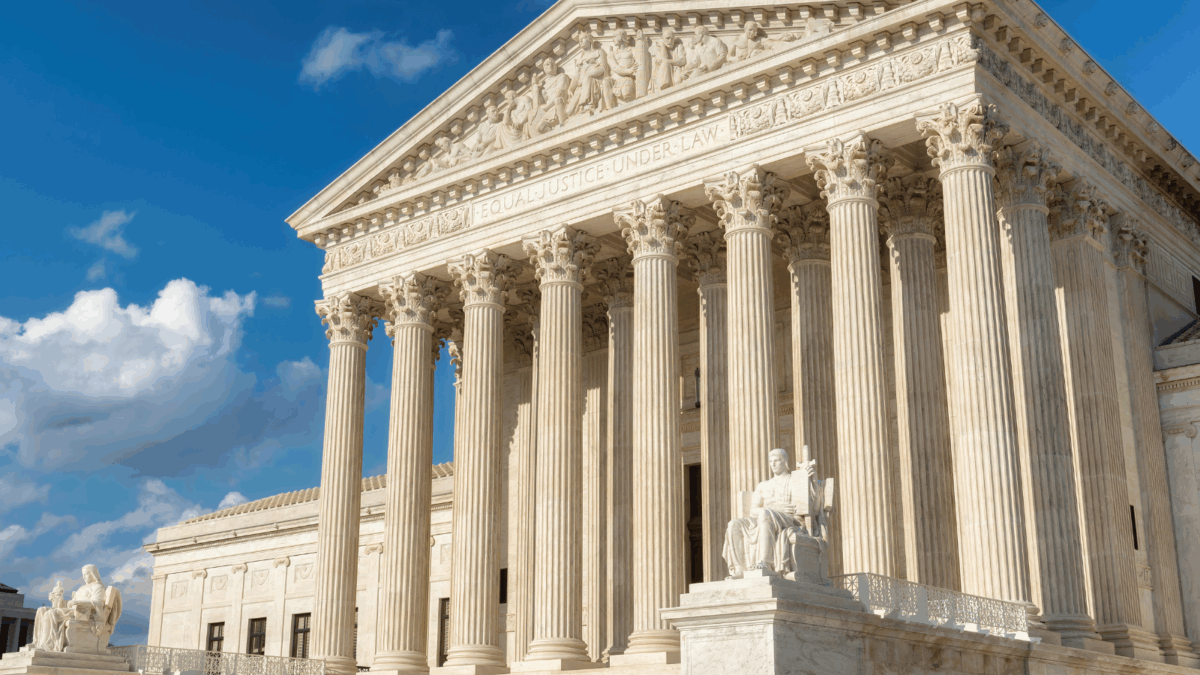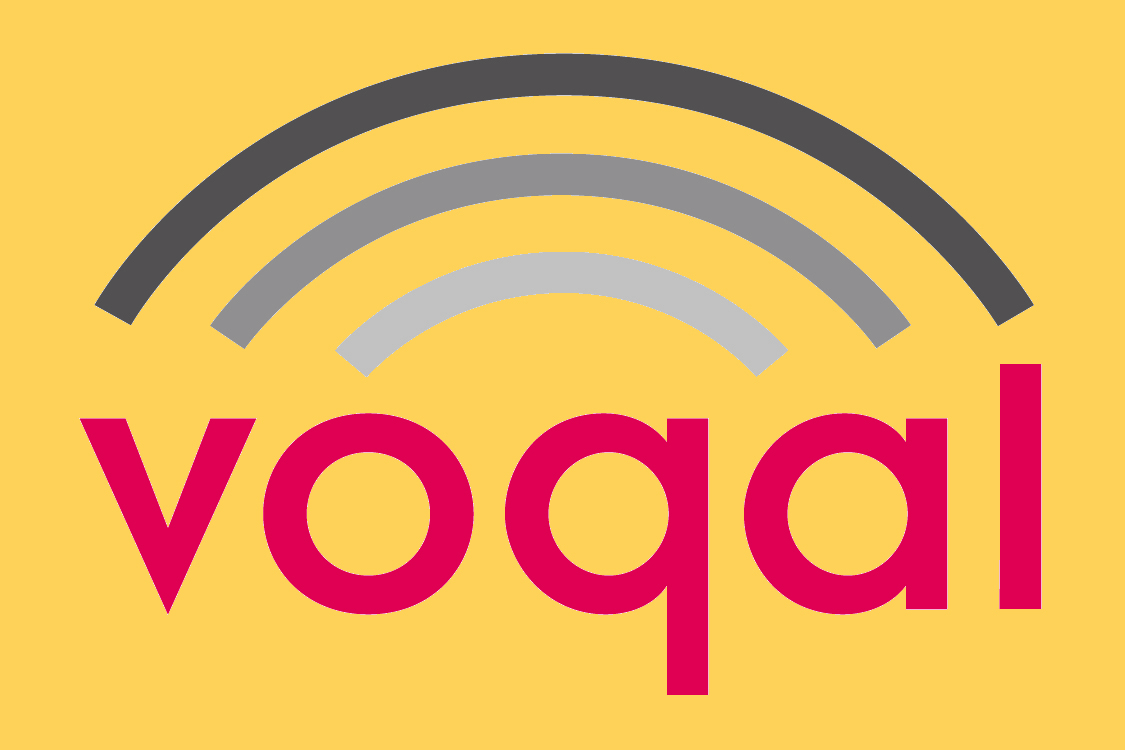A Tie at the Top: Why the Supreme Court’s 4-4 Split on Religious Charter Schools Still Spells Trouble for Public Education
A quiet decision from the Supreme Court today—one that received far less media coverage than it should have—may well be remembered as a key moment in the battle over the soul of public education in the United States. The justices, deadlocked in a 4-4 split, left in place an Oklahoma Supreme Court ruling that invalidated the approval of the St. Isidore of Seville Catholic Virtual School, a publicly funded but explicitly religious charter school. For now, the Oklahoma court’s ruling stands: St. Isidore will not open its digital doors.
But the national implications remain ominously unresolved. In fact, this case is a powder keg, and the fuse is still lit.
The question at hand is simple yet profound: Can a religious institution operate a publicly funded charter school? And if so, what happens to the long-held constitutional firewall between church and state?
As someone who has worn nearly every hat in the charter school space—educator, parent, donor, and researcher—I see this not just as a legal question, but as a deeply personal and moral one. And as the former Education Chair of the California NAACP state conference that authored the landmark 2016 call for a charter school moratorium, I also view this moment as a test of whether we will heed the alarms we sounded nearly a decade ago.
My Charter School Journey: From Support to Skepticism
I did not come to charter school advocacy lightly, nor did I arrive at my critiques easily. Like many educators of color, I was initially drawn to charter schools by their promise of innovation, flexibility, and equity in the 1990s. I taught in and collaborated with charter schools that I at the time thought truly sought to meet the needs of underserved Black and Brown communities. I also donated to schools I believed were doing right by students of color. And as a parent, I have researched all educational avenues available—traditional public, charter, and private schools—trying to navigate the same complex choices facing millions of families.
But experience has been a clarifying teacher.
Over time, my research began to paint a different picture. Instead of ushering in a new era of educational equity, many charter schools—particularly those operating without meaningful oversight—have replicated and even deepened segregation and educational gaps. They’ve too often operated as private entities using public dollars, free from many of the transparency and accountability requirements that govern traditional public schools.
And now, with the push to create religious charter schools, we are witnessing an even more dangerous convergence: the privatization of public education with the religious entanglement our founders explicitly warned against.
The Establishment Clause: Not a Technicality, but a Constitutional Guardrail
Let’s be clear: The debate over St. Isidore is not about religious freedom—it’s about the use of public funds for religious instruction. The First Amendment’s Establishment Clause prohibits the government from establishing, supporting, or favoring any religion. That’s not a footnote in our Constitution—it’s one of its bedrock principles.
By approving St. Isidore, the Oklahoma Statewide Virtual Charter School Board attempted to bulldoze that wall of separation. St. Isidore’s application was transparent in its intentions: it would operate according to Catholic teachings, prioritize Catholic doctrine in hiring, and include religious instruction in its curriculum—all while receiving public funds.
Had the Supreme Court broken that 4-4 tie in favor of St. Isidore, it would have ushered in a radical reinterpretation of the Establishment Clause. It would have set a precedent allowing any religious group to receive public dollars to proselytize children under the guise of public education. Muslim, Jewish, Hindu, Christian, or Scientologist—it would have opened the floodgates.
And yet, because this was a tie with no majority opinion, it leaves the door cracked open for future litigation. That should worry anyone who cares about the integrity of public education.
The 2016 NAACP Charter Moratorium: A Prescient Warning
Back in 2016, as part of the California NAACP, I helped lead the research and deliberations behind our controversial call for a moratorium on the expansion of charter schools. The resolution did not call for an end to all charter schools—but it did call for a pause.
Why? Because we saw, through both national data and on-the-ground investigations, that far too many charter schools were operating with little accountability to the communities they served. We saw widespread inequities in enrollment practices, harsh discipline policies disproportionately affecting students of color, and a disturbing trend toward resegregation.
But perhaps most troubling was the rapid pace of charter expansion—often driven by well-funded private interests—without sufficient public oversight. We saw public school closures in Black and Brown communities justified by the need to “make room” for charters that weren’t actually delivering better outcomes.
We knew then that if left unchecked, the charter sector would become a vehicle not for innovation, but for privatization. What we did not anticipate was that it would also become a Trojan horse for theocratic influence.
The St. Isidore case proves how right we were to sound the alarm.
Charter School Segregation: A Legacy That Can No Longer Be Ignored
My own research on charter schools has consistently shown that they are more segregated than traditional public schools—by race, by class, and increasingly, by ideology.
In a national study I conducted using federal data, we found that charter schools are more likely than traditional public schools to be intensely segregated (meaning more than 90% of students from a single race or ethnicity). And in some urban areas, charter expansion has correlated with an increase in racial isolation, not integration.
This segregation is not incidental—it’s structural. Charter schools are often located in racially homogenous neighborhoods, lack meaningful transportation plans, and utilize admission processes that discourage diverse enrollment. And while some progressive charter leaders have tried to “design for diversity”, the overall trend is clear: we are heading backward, not forward.
Layering religion on top of this structure adds another dimension of division. If religious charter schools are allowed to flourish, we risk creating an even more fractured system—one where public funds support separate and unequal religious enclaves masquerading as public schools.
A Moment of Pause or a Prelude to Disaster?
Let’s not misunderstand the implications of the Supreme Court’s tie. This was not a win for public education—it was a stay of execution.
The conservative legal movement has been building toward this moment for years. Cases like Carson v. Makin and Espinoza v. Montana Department of Revenue have already eroded the distinction between public funding and religious schools. The St. Isidore case was meant to be the next domino.
And let’s be honest about what’s driving this movement. It’s political operatives, legal advocacy groups like the Alliance Defending Freedom, and billionaire donors seeking to dismantle the public education system as we know it—piece by piece, case by case.
They are not just fighting for school choice—they are fighting to redefine what “public” means.
Holding the Line for Our Children’s Future
This is not a moment for neutrality. As a nation, we must decide: Will we preserve a system of public education that aspires—however imperfectly—to serve all children equally? Or will we allow it to be sliced, diced, and privatized into religious, racial, and ideological factions?
I still believe in the potential of public education. I believe in its power to be a common ground—a place where children from different backgrounds learn not just math and science, but how to live in a pluralistic society. That dream cannot survive if we allow taxpayer dollars to fund sectarian indoctrination.
And let’s not forget: this is not just a church-state issue—it’s a racial justice issue. When religious charter schools are approved without oversight, it is Black and Brown children who are most at risk of being pushed into segregated, under-resourced, and ideologically extreme environments. The danger is not theoretical. It is immediate and real.
What Comes Next?
This 4-4 tie should be a wake-up call for public education advocates, civil rights organizations, and concerned citizens across the country. It tells us that the fight is far from over—and that the next case may succeed where St. Isidore failed.
We need action on multiple fronts:
Legal resistance: We must support organizations that are prepared to litigate these cases aggressively. Groups like the ACLU, Americans United for Separation of Church and State, and others need our backing.
Legislative clarity: State legislatures must reinforce laws that uphold the Establishment Clause. They must reject the use of public funds for religious instruction—explicitly and unequivocally.
Community organizing: Local school boards, parent organizations, and educators must raise their voices against this creeping theocratization of education. The NAACP, NEA, and other grassroots organizations must mobilize now, not later.
Public awareness: We must educate our communities about what is at stake. This is not about opposing religion—it is about defending the constitutional promise of religious freedom through non-establishment.
Final Thoughts: What We Choose Now Will Echo Forward
In times of great tension, in times of moral challenge, silence is complicity. We cannot look back on this moment years from now and say we didn’t see it coming.
We are at the edge of a cliff. One more case, one more swing justice, and the wall separating church and state in public education could fall. And when it does, the fallout will be hardest on the most vulnerable among us.
As someone who once believed in the promise of charter schools, and who still believes in the promise of public education, I urge us all to hold the line.
Because if we let public education become private, if we let it become religious, if we let it become segregated—we will lose not just a system, but a vision of what democracy looks like for our children.
Julian Vasquez Heilig serves as a Professor of Educational Leadership, Research, and Technology at Western Michigan University. His commitment to community extends to advisory roles in higher education, government, schools, foundations, civil rights organizations, and non-profits. As a leader in the NAACP, he served on the Executive Committee and as Education Chair for the Kentucky and California Hawai’i chapters, demonstrating dedication to civil rights and educational equity.
He holds a Ph.D. in educational administration and policy analysis and a master’s in sociology from Stanford University. He also holds a master’s in higher education and a bachelor’s in history and psychology from the University of Michigan.





